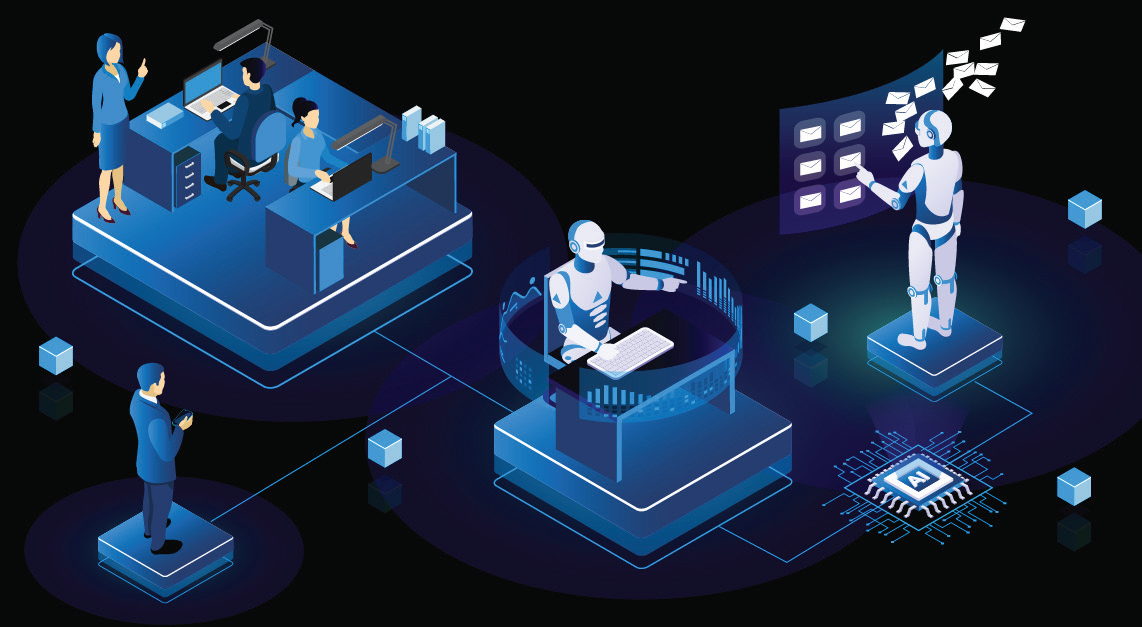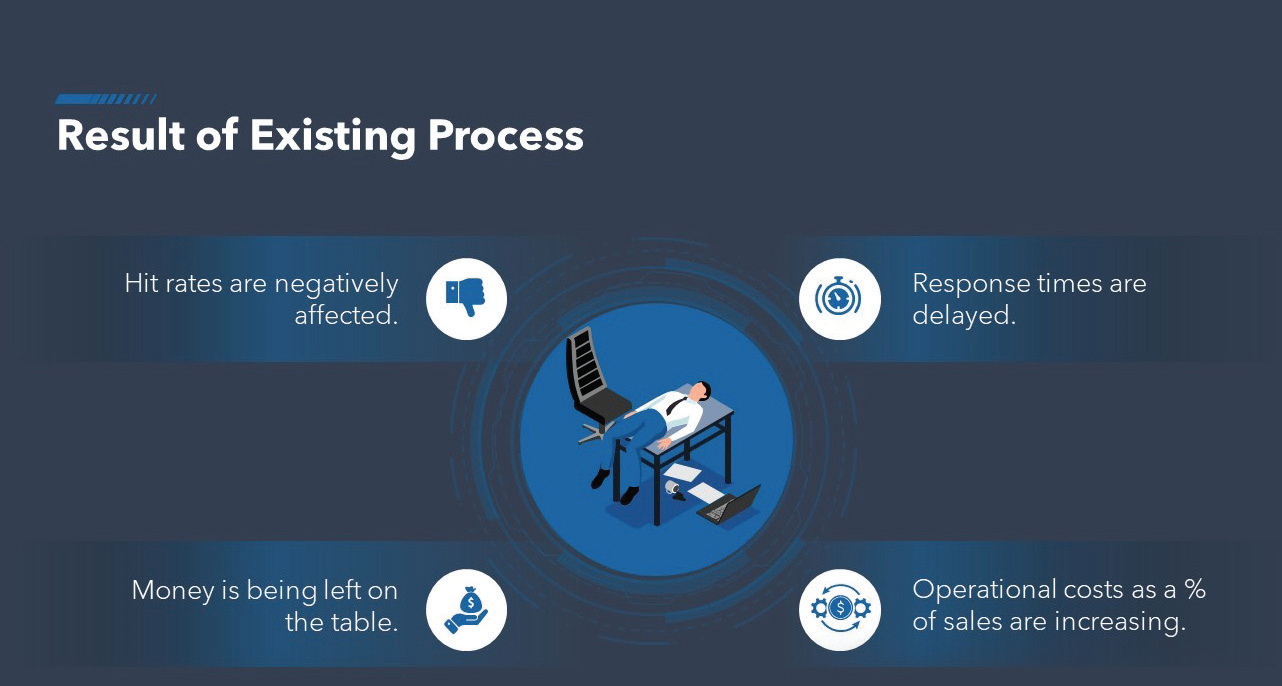In an era where artificial intelligence (AI) is revolutionizing industries worldwide, the valve manufacturing and distribution industry is poised to tap into this transformative technology. Yet, the application of AI within the realm of procurement processes and bill of material (BOM) response times is not a one-size-fits-all solution. It requires a fine-tuned approach, tailored specifically to the unique needs, and demands of the industry.
By Marty Dytrych, CEO, and Tige Richardson, CTO – Industrial Data Labs
Understanding the Current Landscape
The journey towards AI-enhanced operations begins with an understanding of the current inside sales process’s limitations. Today, most companies have yet to harness AI in their sales operations, leaving a wealth of untapped potential on the table. In the typical scenario, sales reps are tasked with manually interpreting BOMs, translating them into searchable terms for their ERP systems, sourcing the required items, and finally generating quotes. This process, while tried and true, is not without its flaws. It is time-consuming, susceptible to human error, and represents a significant drain on resources.

The Value of AI
Integrating AI into this process can spell the end for these inefficiencies, ushering in a new era of streamlined sales operations. With the power of AI, most of this process can be automated. AI applications are capable of understanding and interpreting BOMs, rapidly searching for the necessary items in the ERP system, and generating accurate quotes at a speed far beyond human capabilities.
Beyond just speed and accuracy, AI brings to the table a suite of other benefits. A well-trained AI model can reduce the workload on the sales team, allowing them to focus more on relationship-building and less on data entry. Moreover, faster response times can translate into higher customer satisfaction, increasing the hit rate and driving revenue growth and customer loyalty.
A Look Into the Future
The future of the valve manufacturing and distribution industry is undeniably intertwined with AI. As AI-powered solutions continue to evolve, we can anticipate even faster response times, more accurate quote generation, and increasingly streamlined procurement processes. However, it is essential to recognize that not all AI solutions are created equal. The secret to reaping the full benefits of AI lies in leveraging solutions designed and trained specifically for the unique challenges of the PVF industry.
Choosing an Effective AI Solution
In a marketplace bustling with AI solutions of varying quality, making an informed choice can be a daunting task. However, there are several key differentiators to look out for. The markers of a truly effective AI solution include deep technical expertise, a proven track record in delivering AI products, access to rich, industry-specific datasets, and a thorough understanding of the business vertical and its unique challenges. The standout solutions are those developed by teams with both AI and industry expertise, who can harness their vast datasets to continuously refine the AI’s performance and deliver solutions to industry-specific problems.

Things to Watch Out For
In the quest for the ideal AI solution, here are some warning signs and red flags to be wary of:
- Lack of Transparency: The decision-making process of an AI solution should be transparent and easy to understand. If a provider cannot explain how their AI makes decisions, it might be an indication that they themselves do not fully understand it or, worse, have something to hide.
- Irrelevant Training Data: An AI system is only as good as the data it was trained on. A solution that uses AI trained on data that is not relevant to a specific problem will fall short of expectations.
- Overpromise and Underdeliver: Some providers might promise the world without a clear strategy for delivery. If a solution seems too good to be true, it probably is. Always look for solutions that offer realistic results, backed up by a well-defined implementation strategy.
- Reliance on ChatGPT Models: A common shortcut some AI solution providers may take is to base their offerings on third-party AI models, such as Open AI (the company who developed ChatGPT). While these models are impressive in their general language capabilities, they are not designed for specialized industry tasks and can significantly underperform in such contexts. Plus, they come with inherent drawbacks, such as limited ability to fine-tune the AI to specific business needs, and cost models that do not scale well with high-volume, industry-specific applications like BOM interpretation. In contrast, AI solutions that utilize proprietary models offer superior performance, predictable costs, and the ability to fully customize the solution to specific needs.

Choosing the right AI solution is a critical decision that can steer the future course of a business. With the right solution, one can unlock unprecedented levels of efficiency, skyrocket their revenue, and deliver unparalleled customer satisfaction. It is important to choose wisely, looking beyond the sales pitch to the true capabilities of the solution and the team behind it. In a world powered by AI, the right choice can make all the difference.




